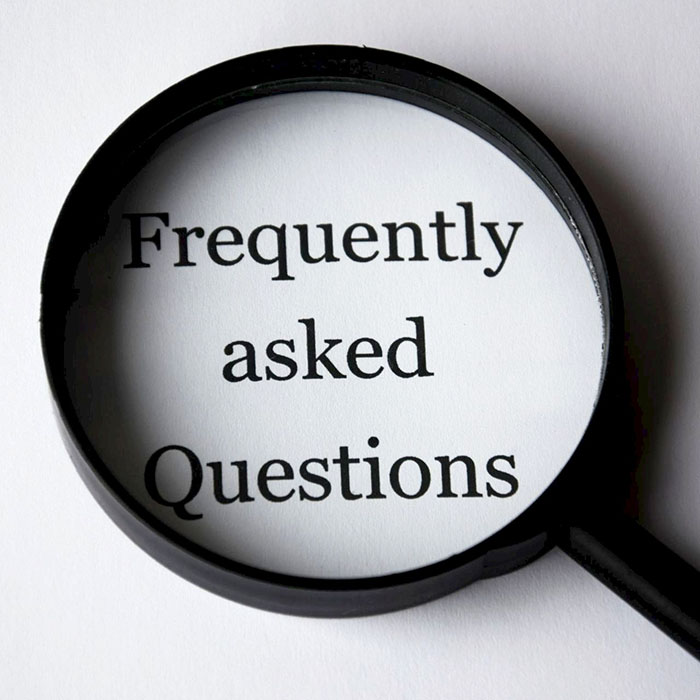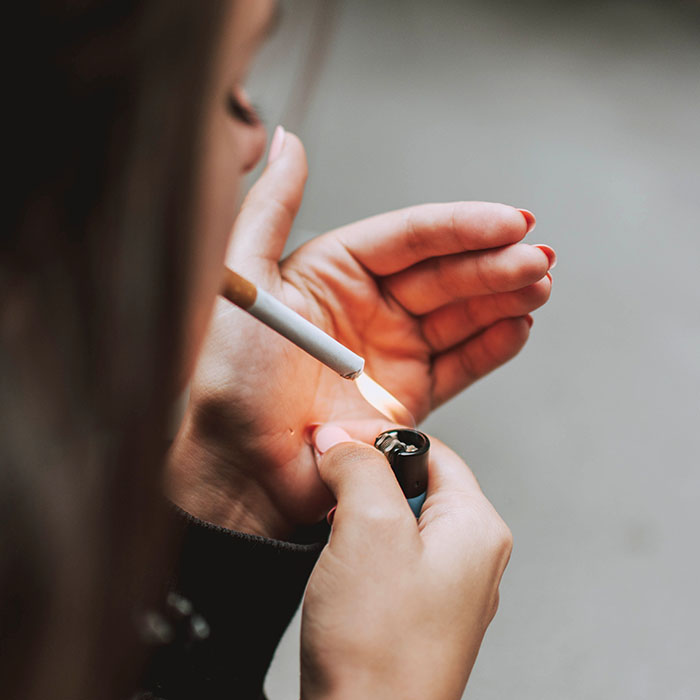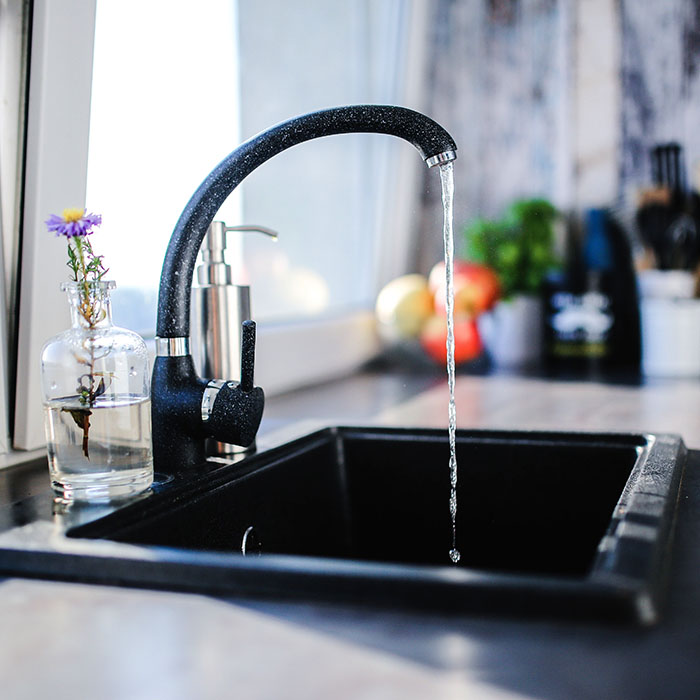EATING DISORDERS ARE incredibly dangerous, sometimes life-threatening mental conditions. The first health impacts that probably come to mind are the psychological toll they take and the malnutrition they cause if left unchecked. However, they also take a toll on oral health. Our teeth and gums require a variety of nutrients, vitamins, and minerals to stay healthy, in addition to daily oral hygiene habits and regular dentist visits.
Malnutrition Versus Oral Tissues
The eating disorder anorexia nervosa harms oral health through malnutrition. The disorder is characterized by severely limited food intake, sometimes paired with compulsive exercise, purging, or both. Without sufficient nutrients, the jaw bones can develop osteoporosis, increasing the risk of tooth loss.
Without drinking enough fluids, the salivary glands will struggle to produce saliva, leading to dry mouth. Dry mouth increases the risk of gum disease and tooth decay. Saliva is the mouth’s first line of defense. It neutralizes acids and washes away leftover food particles. In addition, without nutrients to help keep the immune system strong, our gums become more vulnerable to bleeding.
Bulimia: A Two-Pronged Attack on Oral Health
Bulimia is characterized by the combination of overeating and forcibly purging food by vomiting or taking laxatives. Frequent vomiting puts the tooth enamel in contact with strong stomach acid. As hard as tooth enamel is, it is extremely vulnerable to acid erosion. A person struggling with bulimia is at risk of tooth discoloration, decay, and even tooth loss due to this disorder.
Take Care of Your Oral Health
Oral hygiene is important for everyone who wants healthy teeth and gums, minty fresh breath, and sparkling smiles, but it’s especially crucial for someone battling or recovering from the effects of an eating disorder. Acid erosion can be minimized by rinsing with water and waiting half an hour before brushing. It’s critical to give your saliva plenty of time to neutralize any leftover acid before brushing so that you don’t cause additional erosion.
You Don’t Have to Win This Fight Alone
There is a lot of stigma surrounding eating disorders, but these are legitimate mental illnesses. Recovery can be long and difficult, and many people require help and support to achieve a healthy relationship with food and with their weight. This help could come from sympathetic friends, family members, or licensed mental health professionals. The National Eating Disorders Helpline is another great resource. Dental health professionals are always here too, to help patients maintain good oral health while they focus on their mental and physical health struggles.










